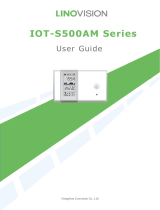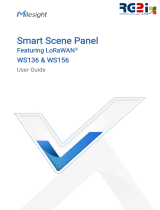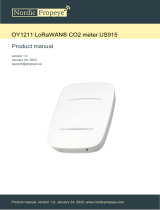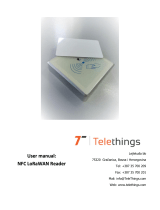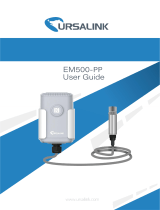
Contents
1. Product Introduction ................................................................................................................................ 5
1.1 Overview ...........................................................................................................................................5
1.2 Features ........................................................................................................................................... 5
2. Hardware Introduction ............................................................................................................................. 5
2.1 Packing List ..................................................................................................................................... 5
2.2 Hardware Overview ........................................................................................................................ 6
2.3 Dimensions (mm) ........................................................................................................................... 6
2.4 Reset Button & LED Patterns ........................................................................................................ 6
3. Operation Guide ........................................................................................................................................ 7
3.1 NFC Configuration ..........................................................................................................................7
3.2 LoRaWAN Settings ......................................................................................................................... 7
3.3 Time Synchronization .................................................................................................................. 11
3.4 Basic Settings ............................................................................................................................... 11
3.5 Advanced Settings ....................................................................................................................... 12
3.5.1 Calibration Settings .......................................................................................................... 12
3.5.2 Threshold Settings ............................................................................................................12
3.5.3 Data Storage ...................................................................................................................... 13
3.5.4 Data Retransmission ........................................................................................................ 14
3.6 Maintenance ..................................................................................................................................15
3.6.1 Upgrade .............................................................................................................................. 15
3.6.2 Backup ................................................................................................................................ 16
3.6.3 Reset to Factory Default .................................................................................................. 16
4. Installation............................................................................................................................................... 17
5. Device Payload ........................................................................................................................................ 17
5.1 Basic Information ......................................................................................................................... 18
5.2 Sensor Data ................................................................................................................................... 18
5.3 Downlink Commands ...................................................................................................................19
5.4 Historical Data Enquiry ................................................................................................................ 21




















